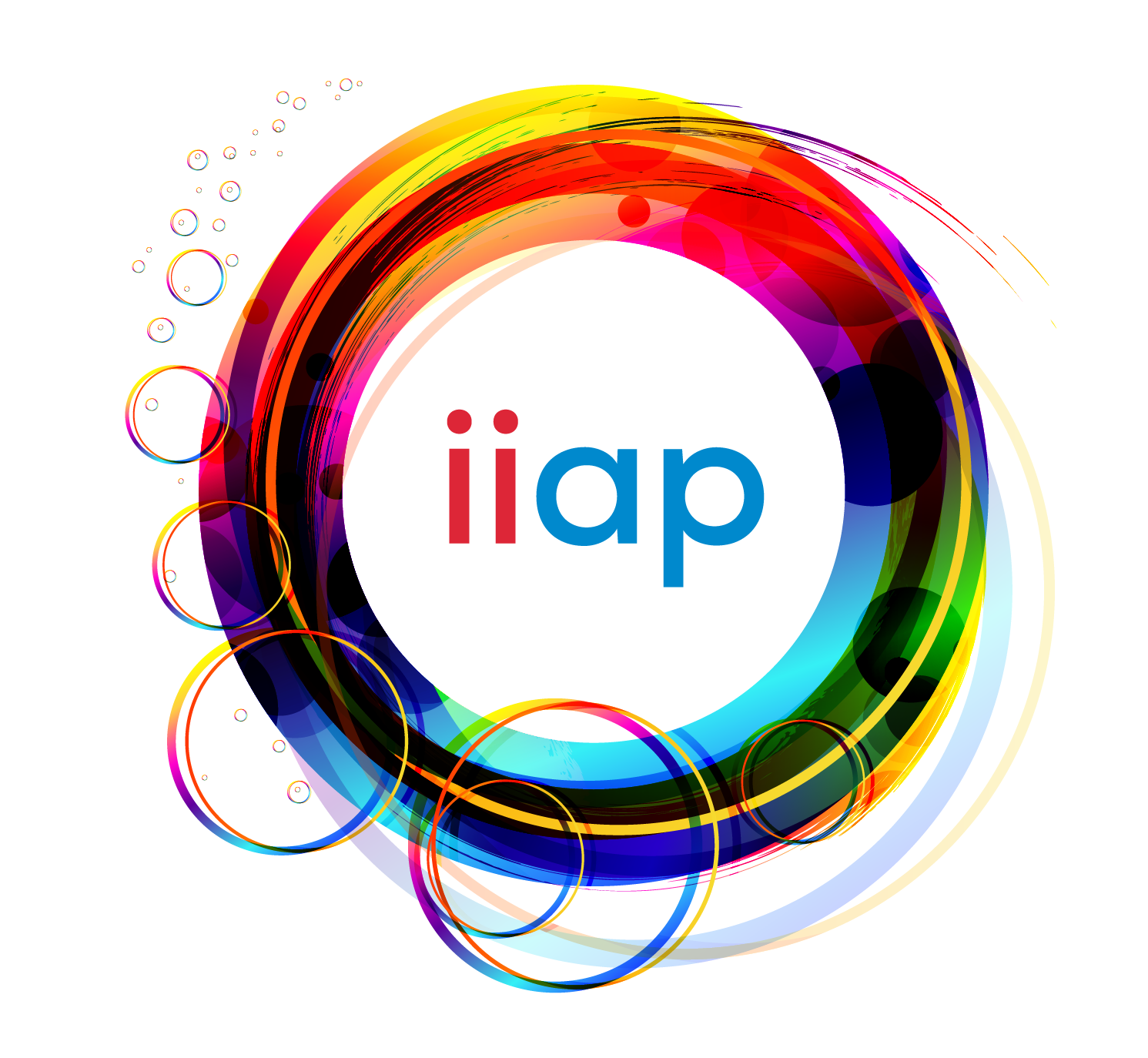AP4 Structural Observation
IIAP Certification: Structural Observation (AP4)
Developed and written by Sherril Taylor
In this module, we learn how to balance structural and neurological communication in the body using the unique holographic Applied Physiology methods. This is a powerful follow-on from AP1 for those who value body structure and want to journey into greater freedom and flexibility.
What You Will Learn
What is Structural Observation?
We observe the body’s posture in stillness and movement, recognizing how stress affects structure, posture, and joint mobility. We examine inherited structural patterns, proprioception, environmental influences, and how structure relates to personal responsibility and life management.
Key Techniques and Content
Proprioceptive System
Learn techniques to release tension in the origin and insertion of muscles, enhancing the body’s ability to sense location, movement, and action.
Centering Corrections
Covers three core correction procedures for the Hyoid, Gait, and Cloacal reflexes:
-
Gait – Cross-lateral integration and coordination.
-
Hyoid – Deep electromagnetic corrections for speech, articulation, and cognitive balance.
-
Cloacal – Re-centering cranial-sacral rhythms, visual righting, and vestibular reflexes.
Advanced Muscle Hologram
Discover how to use a holographic surrogate muscle to locate exact stress points in the musculature. This allows you to balance prime movers, antagonists, and synergists—reaching over 80% of the body’s muscle system.
Structural Balancing
Learn a simple and effective technique to gently unwind spinal curvature and support long-term changes in spinal integrity.
Specific Bones
Balance structural holding patterns caused by bone injuries. This technique addresses both major bones and the bones of the fingers and toes.
TMJ and Acupuncture Source Points
Explore 12 TMJ muscles and 6 jaw movements. Learn 5 correction procedures using muscle palpation, acupressure, neurolymphatic and neurovascular points, and stress receptor techniques.
“Balancing the TMJ brings us back to our Source.” – Sherril Taylor
Cranial Hologram
Based on the Atlas of Manipulative Cranial Techniques, this technique restores movement in the cranial sacral system. You will connect with the fascia, dura mater, and discover how cranial rhythms reflect physical and metaphysical freedom.
Cranial Nerves
Access and balance the 12 cranial nerves, each associated with vital sensory and motor functions in the head and neck.
Additional Techniques by Sherril Taylor
Hand Muscles Hologram
This detailed hologram accesses the complex muscle groupings of the hands, focusing on fine motor coordination and the emotional patterns stored in hand use. Especially relevant for clients with repetitive strain, carpal tunnel, or emotional withdrawal expressed through hand tension.
Foot Muscles Hologram
This hologram allows you to work with the foundational structure of the body—our feet. Learn to decode and release deep stress patterns in foot musculature that affect balance, gait, and groundedness. Excellent for supporting postural alignment and neurological feedback through the feet.
Certification
Graduates of this module receive the IIAP Certificate in Structural Observation (AP4), part of the Applied Physiology Training Pathway.
Link: AP4 Brochure pdf
